Understanding Float Level Gauges
A float level gauge is an essential instrument used to measure the level of liquids in tanks and containers. This device operates on a simple principle: a float, which is buoyant, rises and falls with the liquid level, providing a visual or electronic indication of the level within the tank. Commonly utilized in various industries, these gauges are indispensable for accurate monitoring and are available in several types to cater to different applications.
Types and Applications
The versatility of float level gauges is evident in their various forms, such as the float & board type level indicator and the float type level indicator. Each type serves specific measurement needs, from simple water tank level indicators to complex fuel tank float gauges. The float and board type level indicator, for instance, is often seen in outdoor applications due to its easy-to-read display from a distance.
Features and Materials
When selecting a float level indicator, the construction material is a critical consideration. Durability and compatibility with the measured liquid are paramount. Materials range from robust aluminum to corrosion-resistant plastics, ensuring longevity and reliability. The design of a float gauge often includes a scale for direct reading, and some models offer electronic outputs for remote monitoring systems.
Advantages of Using Float Level Gauges
The primary advantage of using a level gauge float is the direct and reliable measurement it provides. These gauges are relatively low maintenance and can offer continuous level information. The float level gauge for tanks is particularly beneficial in scenarios where precise liquid level monitoring is crucial, such as in oil or chemical storage.
Accuracy and Readability
Accuracy is a cornerstone of the float level gauge's functionality. Gauges should be selected based on their precision, with some offering accuracy within plus or minus 0.5mm/m. The readability of the float indicator is equally important, especially in environments where quick visual confirmation is necessary. The scale and contrast on the indicator play a significant role in ensuring clear readability.
Choosing the Right Float Level Gauge
In conclusion, selecting the right float level gauge involves understanding the specific requirements of the application, the material compatibility, and the desired level of accuracy. Whether it's for a water level float indicator, an oil tank float gauge, or a tank float level indicator, Alibaba.com presents a comprehensive collection to meet the needs of various industries. By considering these factors, buyers can ensure they acquire a suitable gauge for their monitoring and measurement needs.
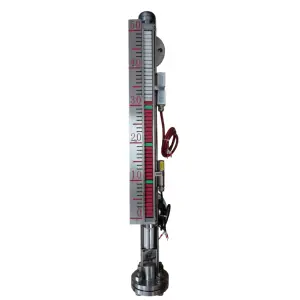
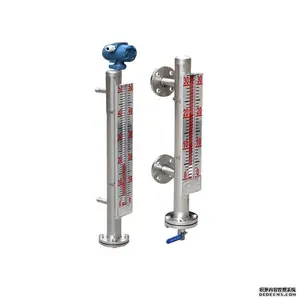

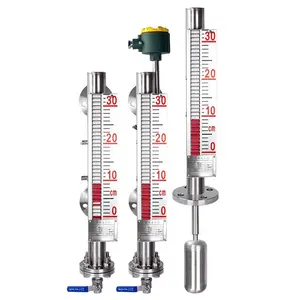

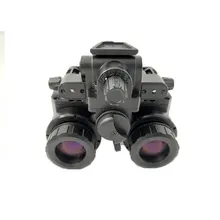

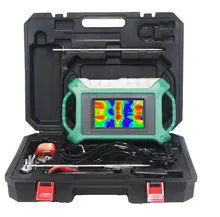
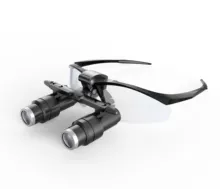
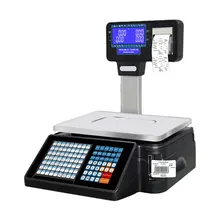


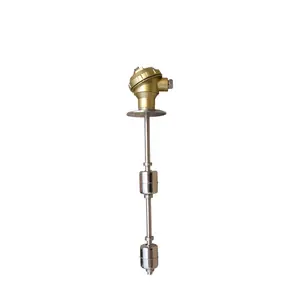
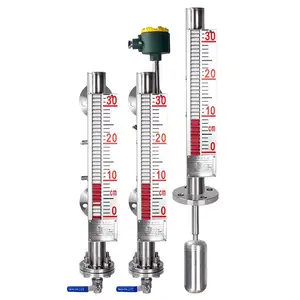















 浙公网安备 33010002000092号
浙公网安备 33010002000092号 浙B2-20120091-4
浙B2-20120091-4